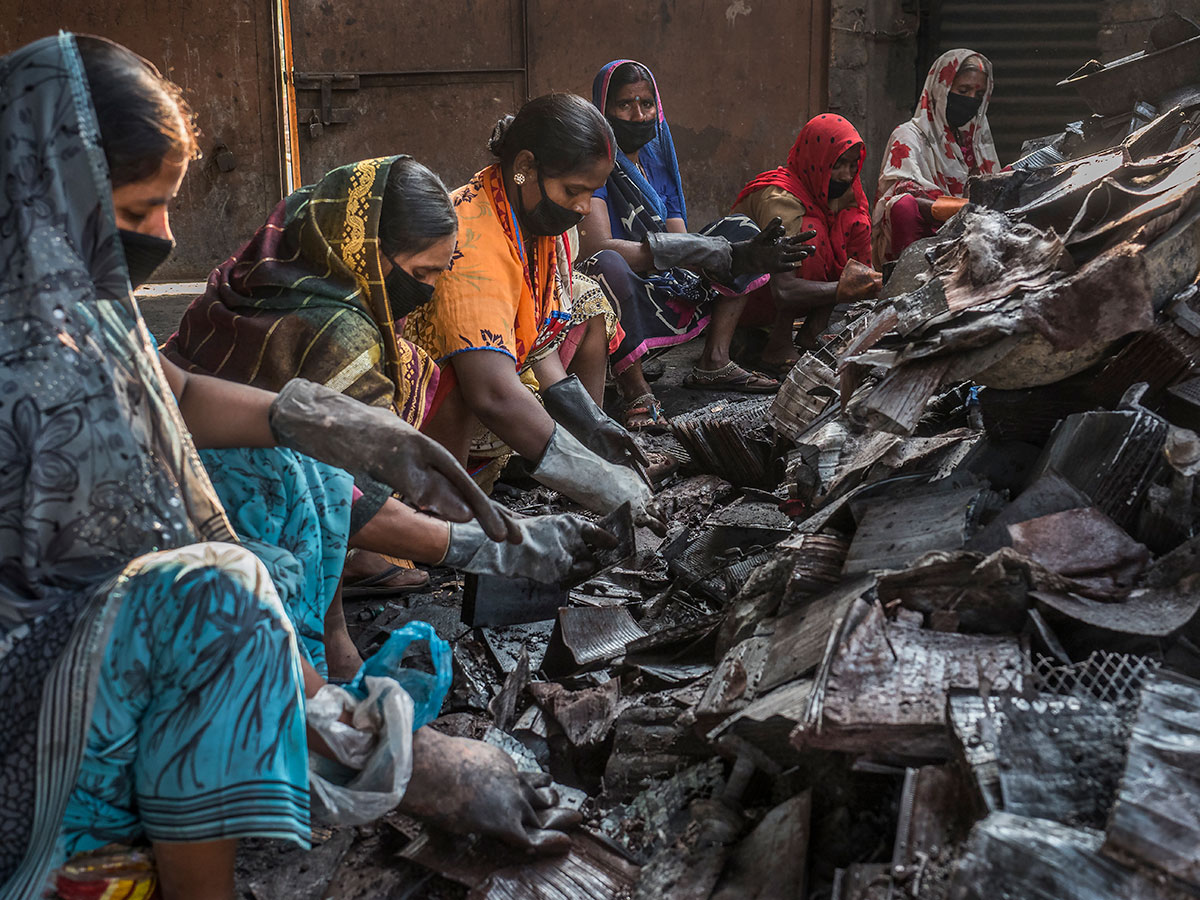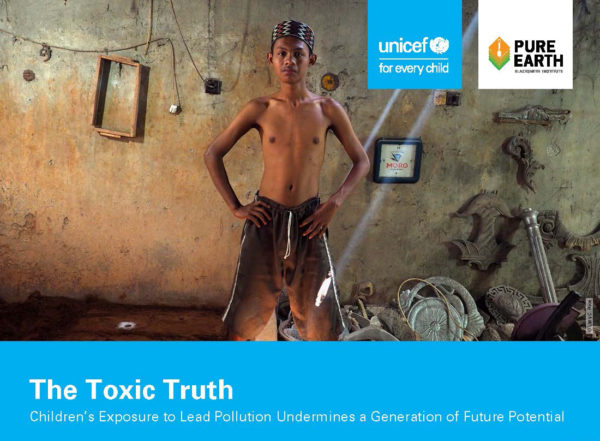The Toxic Truth Report on Childhood Lead Poisoning: Details
The Toxic Truth report from UNICEF and Pure Earth reveals that lead poisoning is affecting children on a massive and previously unknown scale. The report, the first of its kind, says that around 1 in 3 children – up to 800 million globally – have blood lead levels at or above 5 micrograms per deciliter (µg/dL), the level at which requires action. Nearly half of these children live in South Asia.
UNICEF and Pure Earth call for urgent action to abolish dangerous practices including the informal recycling of lead acid batteries, which is a leading source of childhood lead exposure.
Among the findings of the report:
- Lead poisoning is affecting children on a massive and previously unknown scale.
- A third of the world’s children – up to 800 million globally – have BLLs at or above 5 µg/dL. Nearly half of these children are in South Asia.
- This is the first analysis of its kind with data provided by Institute of Health Metrics Evaluation (IHME) and verified with a study approved for publication in Environmental Health Perspectives (led by Pure Earth researchers).
- A leading source of lead poisoning of children in low- and middle-income countries is the informal and substandard recycling of lead-acid batteries. In these countries, up to 50% of lead-acid batteries are processed informally.
- Childhood lead exposure is estimated to cost lower- and middle-income countries almost USD $1 trillion due to lost economic potential of these children over their lifetime. See Chapter 4 contributed by The World Bank.
- Pure Earth and UNICEF are joining forces to solve this health threat to children starting in Indonesia, Ghana, Bangladesh and Georgia.
Download the UNICEF/Pure Earth report The Toxic Truth: Children’s exposure to lead pollution undermines a generation of potential
EXPLORE INTERACTIVE MAP OF CHILDHOOD LEAD EXPOSURE BY COUNTRY
See a visual breakdown of the IHME data presented in the report by country. Scroll over the interactive map to see estimates of childhood lead exposure for each country that include:
- Number of children (19 and under) with blood lead levels (BLL) over 5 ug/dl. This is the WHO and CDC level of concern. Children above this threshold are likely to have reduced IQ, increased developmental disabilities, and other significant health and societal problems.
- Number of children with BLL over 10 ug/dl.
- Average BLL for that country
- Premature deaths attributed to lead (IHME 2019). Deaths are attributed to increased risk of cardiovascular disease
- Disability Adjusted Life Years (DALYs) attributed to lead (IHME 2019)
NOTE TO PRESS
- Read the Press Release: English, French, Spanish, Arabic
- Download photos and videos: https://weshare.unicef.org/Package/2AM408PN7ILM




